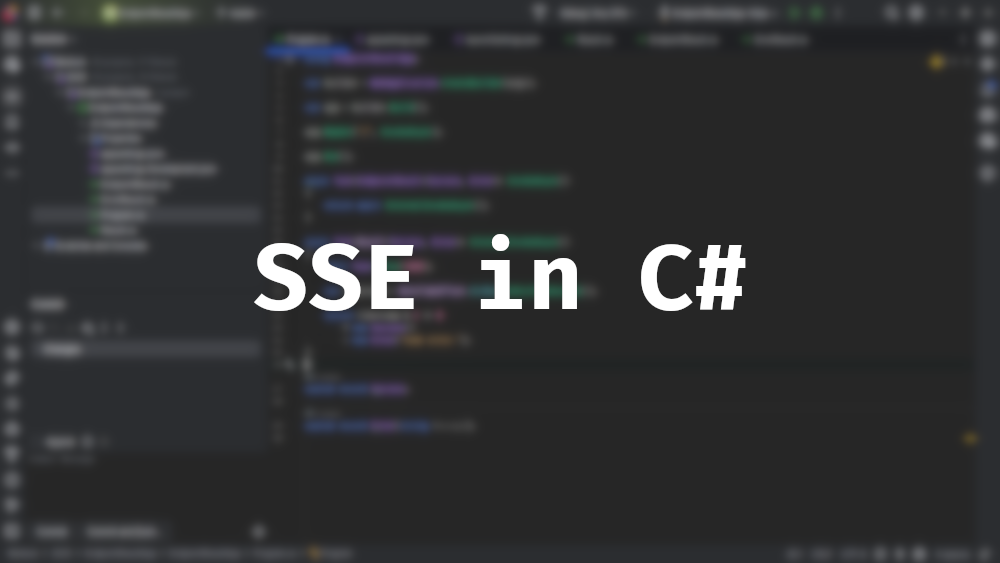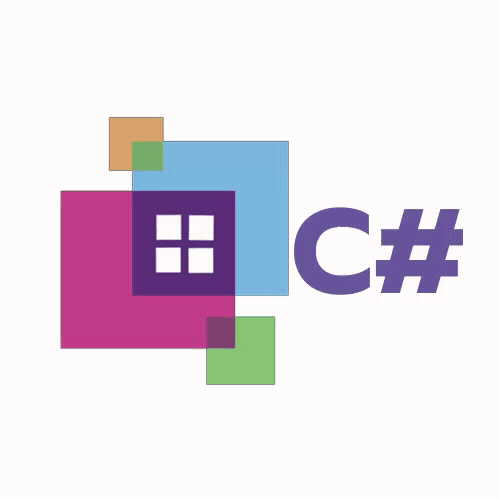Feed
This is a feed of links I've run across and found interesting or noteworthy. The images, content and opinions in them are owned by their respective authors.
I Replaced Docker Compose with .NET Aspire. Here’s What Happened
Milan Jovanović - youtube.com
Learn to integrate .NET Aspire into existing Clean Architecture apps, replacing Docker Compose with zero manual config for observability and orchestration.
.NET Aspire, Clean Architecture, Docker Compose, observability, service orchestration

Don’t Be AI’s Editor
Joe Procopio - ehandbook.com
AI should complement, not replace, your initial creative process. Prioritize human insight first.
AI, creativity, software engineering, human insight

Don’t Build Chatbots — Build Agents With Jobs
Sean Falconer - thenewstack.io
Design AI tools for reliability by focusing on purpose-built agents, clear rules, and predictable behavior for specific tasks.
AI, agents, chatbots, reliability, purpose-built
Coolest MCP Demo You'll See!
Jack Herrington - youtu.be
Integrating Clerk, MCP, and TanStack Start for an innovative eCommerce demo with Claude, showcasing real-time data from another MCP server. Full code available.
MCP, eCommerce, Clerk, TanStack, demo

You don’t need SignalR for real-time updates | Server-Sent Events in .NET/C#
Denis Makarenko - medium.com
Explore alternatives to AJAX polling for real-time client updates using Server-Sent Events in .NET.
SignalR, real-time, Server-Sent Events, .NET, AJAX polling

Microsoft.Extensions.AI libraries - .NET
Microsoft Learn - learn.microsoft.com
Integrate and interact with various AI services in .NET applications using Microsoft.Extensions.AI libraries.
AI, .NET, Microsoft.Extensions.AI, integration

This C# 12 Feature Can Replace Half Your Boilerplate (And You’re Still Not Using It)
https://medium.com/@mohsho10 - medium.com
C# 12 introduces features that can significantly reduce repetitive code, potentially eliminating 50% of your boilerplate.
C#, C# 12, boilerplate, programming, code reduction
Building next-level conversational AI apps with .NET and Aspire
Steve Sanderson - youtube.com
Learn to build conversational AI apps using .NET, leveraging Microsoft.Extensions.AI and Aspire, with coding demos emphasizing retrieval-augmented generation and API integration.
AI, .NET, conversational apps, coding, retrieval-augmented generation, Microsoft.Extensions.AI

How We Rebuilt Our .NET API Without Controllers (And Why We Regretted It in 90 Days)
Sukhpinder Singh - medium.com
A controller-free .NET API setup seemed modern but faced issues with versioning, testing, and validation in practice.
API, .NET, Software Engineering, Controllers, Development Challenges

Integrating Model Context Protocol Tools with Semantic Kernel: A Step-by-Step Guide
Semantic Kernel - devblogs.microsoft.com
This guide shows software engineers how to use Model Context Protocol tools to standardize context provision for AI models with Semantic Kernel.
Model Context Protocol, Semantic Kernel, AI models